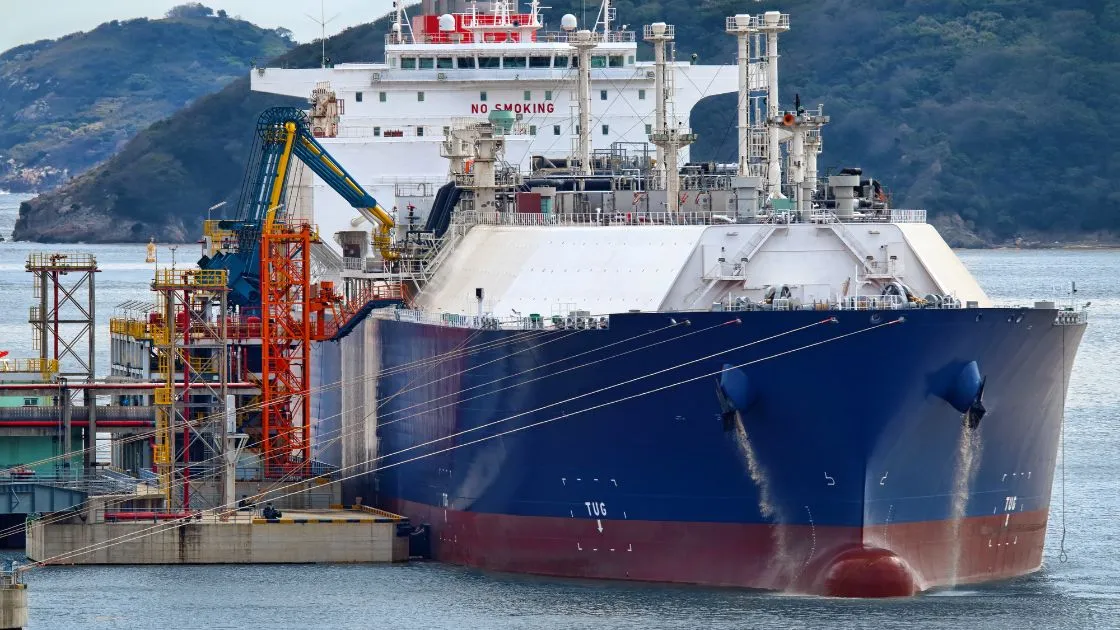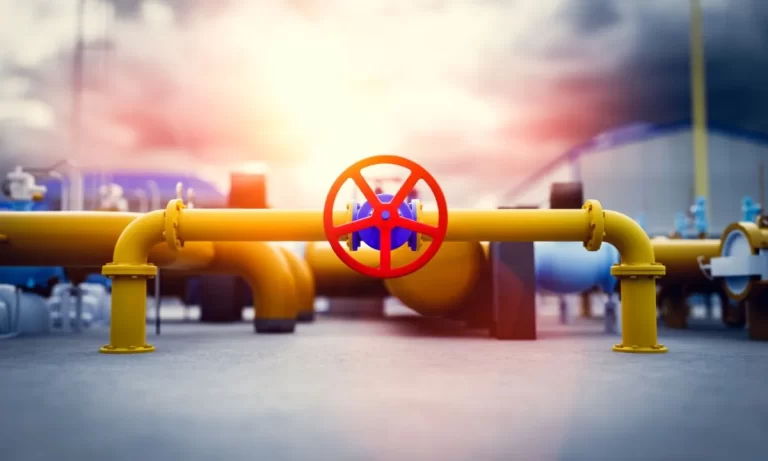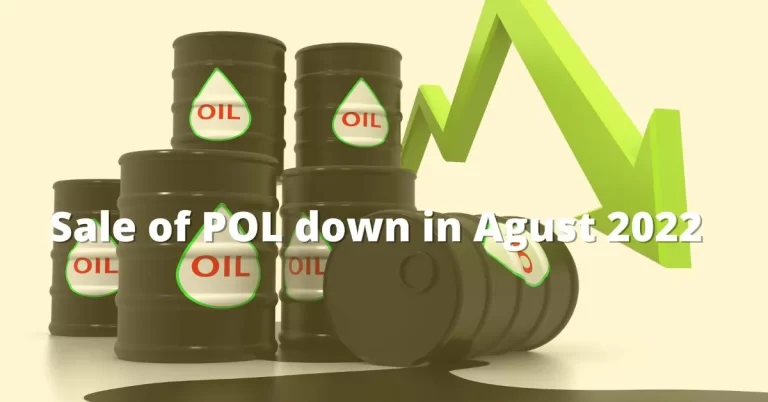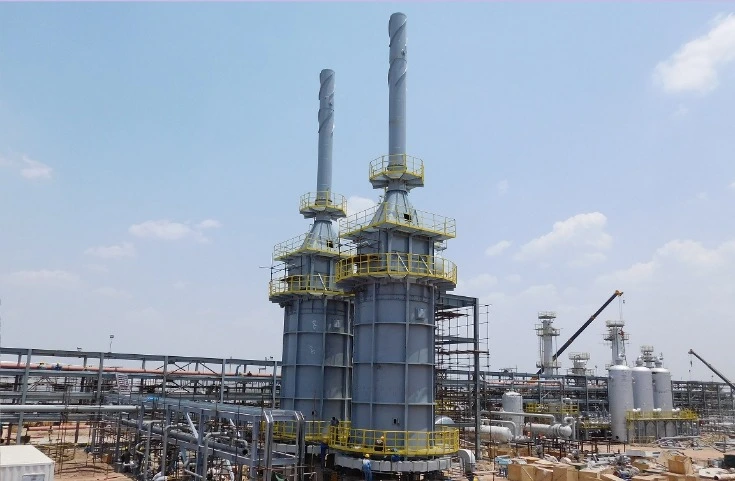Shell Projects LNG Demand To Rise over 50% by 2040
Global LNG Demand to Grow Beyond 2040, Driven by Industrial Demand in China and Economic Development in South Asia and Southeast Asia
By Newztodays Team
Shell has projected the demand for liquefied natural gas (LNG) globally to increase by over 50% by 2040.
According to Shell’s LNG Outlook 2024, this surge is attributed to the acceleration of industrial coal-to-gas conversion in China and the rising consumption of LNG to fuel economic expansion in South Asian and Southeast Asian nations, as stated in Shell’s LNG Outlook 2024.
In 2023, global LNG trade reached 404 million tonnes, marking an increase from 397 million tonnes in 2022.
Tight LNG supplies have restrained growth while keeping prices and volatility above historical averages. LNG Prices Down by 7.8% in January 2024
Although some regions have peaked in natural gas demand, the global trend continues upward, with LNG demand projected to reach approximately 625-685 million tonnes annually by 2040, according to industry estimates.
Steve Hill, Executive Vice President for Shell Energy, remarked, “China is poised to lead LNG demand growth in this decade as industries prioritize reducing carbon emissions by transitioning from coal to gas. Given that China’s coal-dominated steel sector alone emits more carbon than the combined emissions of the UK, Germany, and Turkey, gas plays a pivotal role in addressing one of the world’s largest sources of carbon emissions and local air pollution.”
Over the next decade, declining domestic gas production in parts of South Asia and Southeast Asia could trigger a surge in LNG demand, driven by the increasing need for fuel in gas-fired power plants or industrial applications. However, substantial investments in gas import infrastructure would be necessary for countries in these regions.
The Shell LNG Outlook 2024 underscores that gas complements wind and solar power in countries with high levels of renewable energy in their power generation mix, offering short-term flexibility and long-term supply security.
European Energy Security
In 2023, LNG continued to play a vital role in European energy security, following a decline in Russian pipeline exports to Europe in 2022.
The deployment of new regasification facilities contributed to enhancing energy supply security. Despite an overall decline in European gas demand in 2023, LNG imports remained steady compared to 2022 levels.
Mild winter temperatures in countries reliant on gas for heating, coupled with ample gas storage, increased nuclear power generation, and a modest economic recovery in China, facilitated the balance in the global gas market in 2023.
This led to a reduction in gas prices and stabilized them in key importing regions such as Europe and East Asia compared to the record highs and volatility observed from late 2021 through 2022. However, gas prices and volatility in 2023 remained significantly higher than the 2017-2020 period.
Despite a well-supplied global market in 2023, the absence of Russian pipeline gas supply to Europe and limited LNG supply growth over the past year have kept the global gas market structurally tight.








